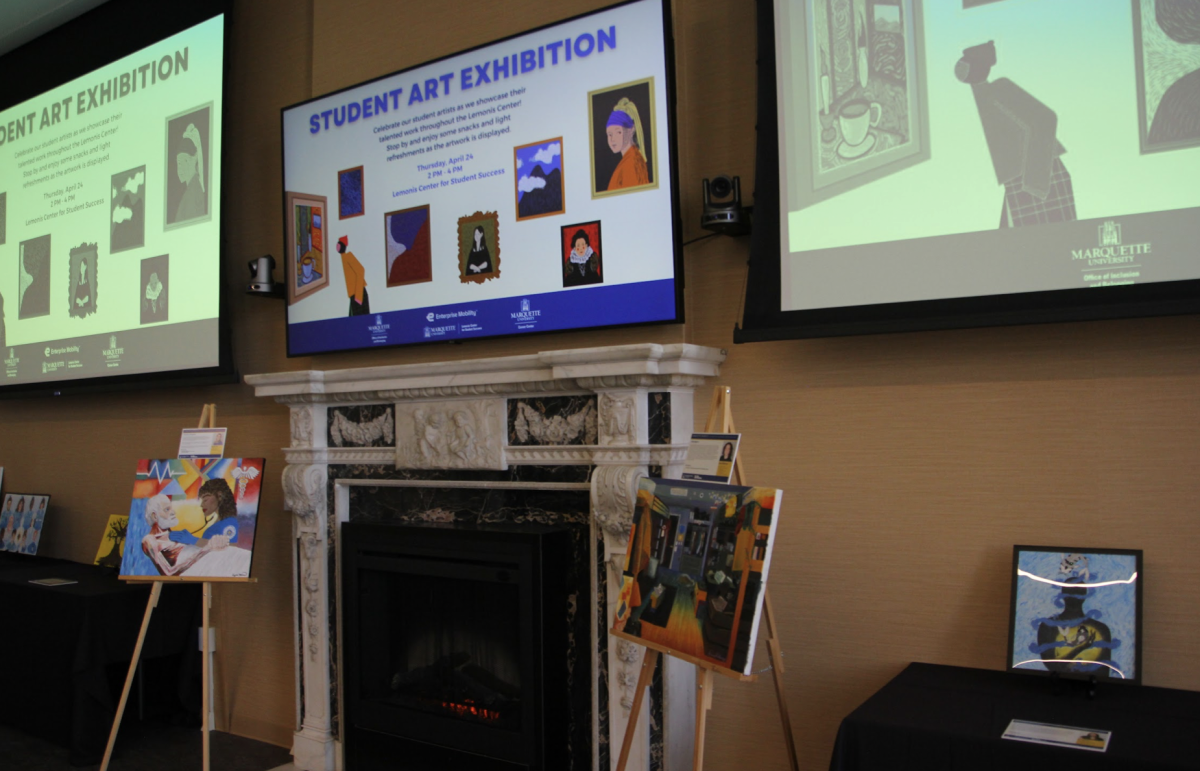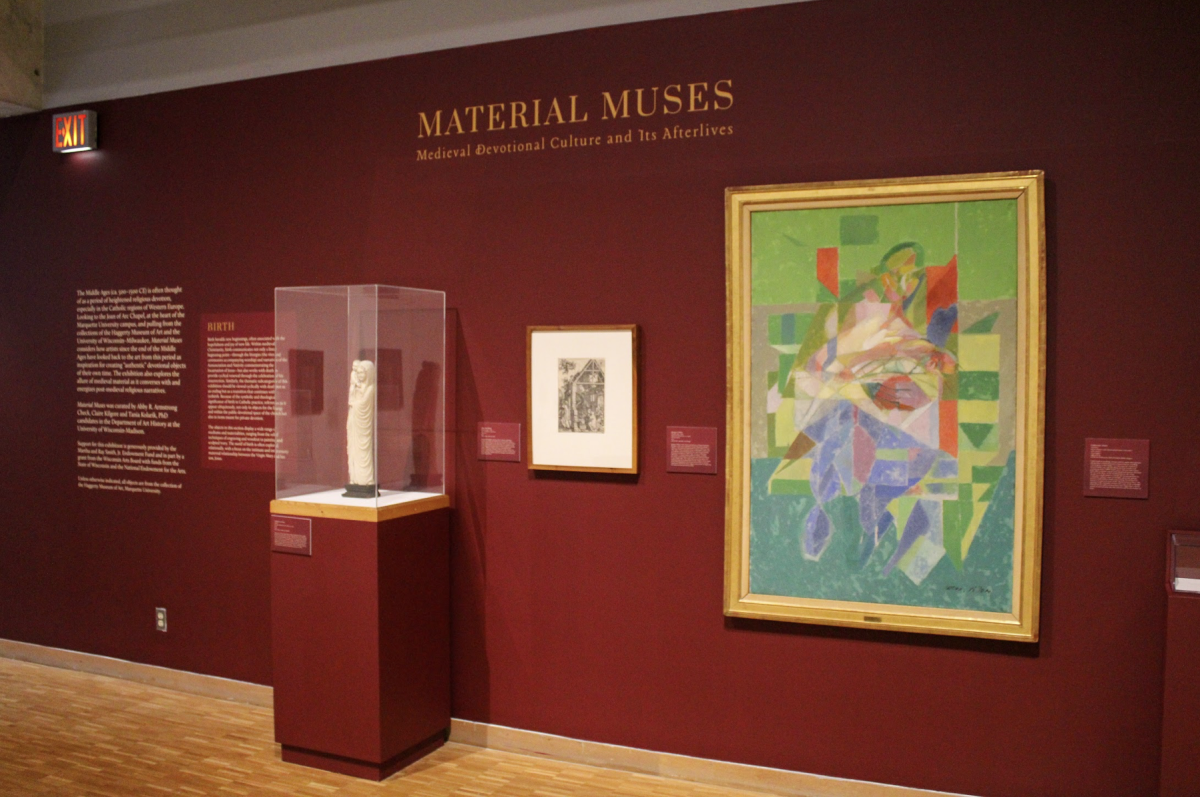 Some kids steal. Some kids fight. Some kids want to make their voice heard and don’t know any other way. So some kids paint.
Some kids steal. Some kids fight. Some kids want to make their voice heard and don’t know any other way. So some kids paint.
Graffiti, as seen on the sides of bus stops, warehouses and street signs, is wrong. So say the community, the police and those who might be harmed by this sort of vandalism. Vandalism, however, is very different than graffiti in its intended form, according to Sarah Patterson, executive director of TRUE Skool, a non-profit dedicated to providing positive outlets for teenagers.
“Graffiti doesn’t automatically refer to a criminal act,” said Patterson, who founded the hip-hop-based organization in Milwaukee with her husband, Eliot. “TRUE Skool is about using (hip-hop) in its intended form to empower young people.”
While volunteering at another community center in 2004, Patterson said she and her husband saw the need for a youth program targeting the specific interests of young people. That interest seemed to manifest itself in a draw toward hip-hop in popular culture.
Eliot Patterson said he grew up seeing graffiti as a popular form of self-expression in early-’90s hip-hop culture. Urban art, as TRUE Skool describes it, tends to be misunderstood today, and TRUE Skool intends to break that stereotype.
TRUE Skool offers classes in graffiti art, break dancing, DJ-ing and the art of emceeing as part of its cultural education. While kids are taught about letterforms, color blending and the history of hip-hop in the street art classes, they also take part in community service projects such as graffiti removal.
“Spray paint happens to be their medium of choice,” Patterson said, “and our goal is to use their talents to do something positive.”
Their talents are rewarded when students are given the opportunity to work on commissioned murals in the community. One such mural is at 16th and Washington Streets on the South side, which Patterson said is representative of local ties to Cesar Chavez and his history.
This past weekend, Eliot’s for-profit company, ResiComm Graffix, created an installation for Hal’s Harley-Davidson in New Berlin for Milwaukee Rally 2009. If students from TRUE Skool participate regularly, show they want to get better at the art and exhibit great potential, Patterson asks those students to work with him, he said.
Jose Martinez, a 16-year-old student at South Division High School, worked with Patterson on the Harley-Davidson installation. Martinez said a benefit of TRUE Skool is that students are provided with a legal space to create their artwork.
“I do better because of the things they teach, without having to do everything in a rush,” Martinez said.
In his classes, he’s learned how to better control the paint, how to make different letters and characters and how to blend colors.
Eliot said he also teaches students the history of graffiti art and the role it has played in hip-hop culture.
“Graffiti has been around since before it was a criminal act. We use it in a positive form, in a legal space, to create art with it,” Sarah Patterson said.
One of the main goals for TRUE Skool is to help people understand that graffiti is an art form. Patterson said she hopes the program provides kids with the tools necessary to make positive choices.
A lot of negativity toward graffiti in general, Patterson said, comes from its confusion with gang graffiti, but the intent is very different. Gang graffiti makes a violent statement, often marking territory or taunting other gangs. Tagger graffiti has an artistic style, frequently painted just to show off artistic ability. TRUE Skool tries to help its students develop these forms into artwork.
Although many of TRUE Skool’s students are there under court order after they are caught painting graffiti in illegal spaces, the program has seen a positive response from both participants and parents. Patterson said the art programs and services seek to help kids attain a more productive lifestyle, in addition to redirecting their talents and energy into art.
“While people think graffiti is synonymous with vandalism, it’s not. Vandalism can be kicking in a window, poking a screwdriver in somebody’s tire or spray painting on someone’s wall without permission,” Eliot Patterson said. “Graffiti is an art form, illegal vandalism is illegal. Graffiti is painting something with permission, and vandalism is without. They’re not the same thing.”





